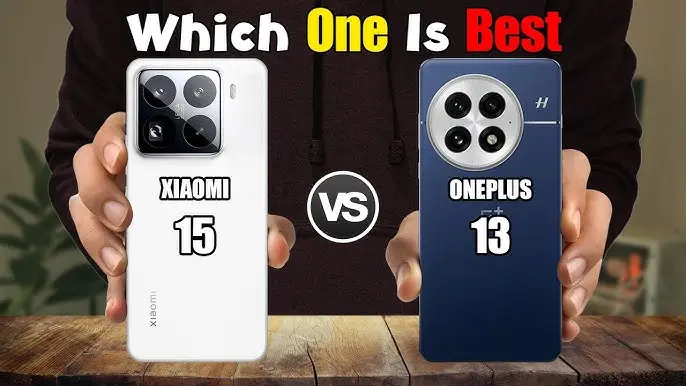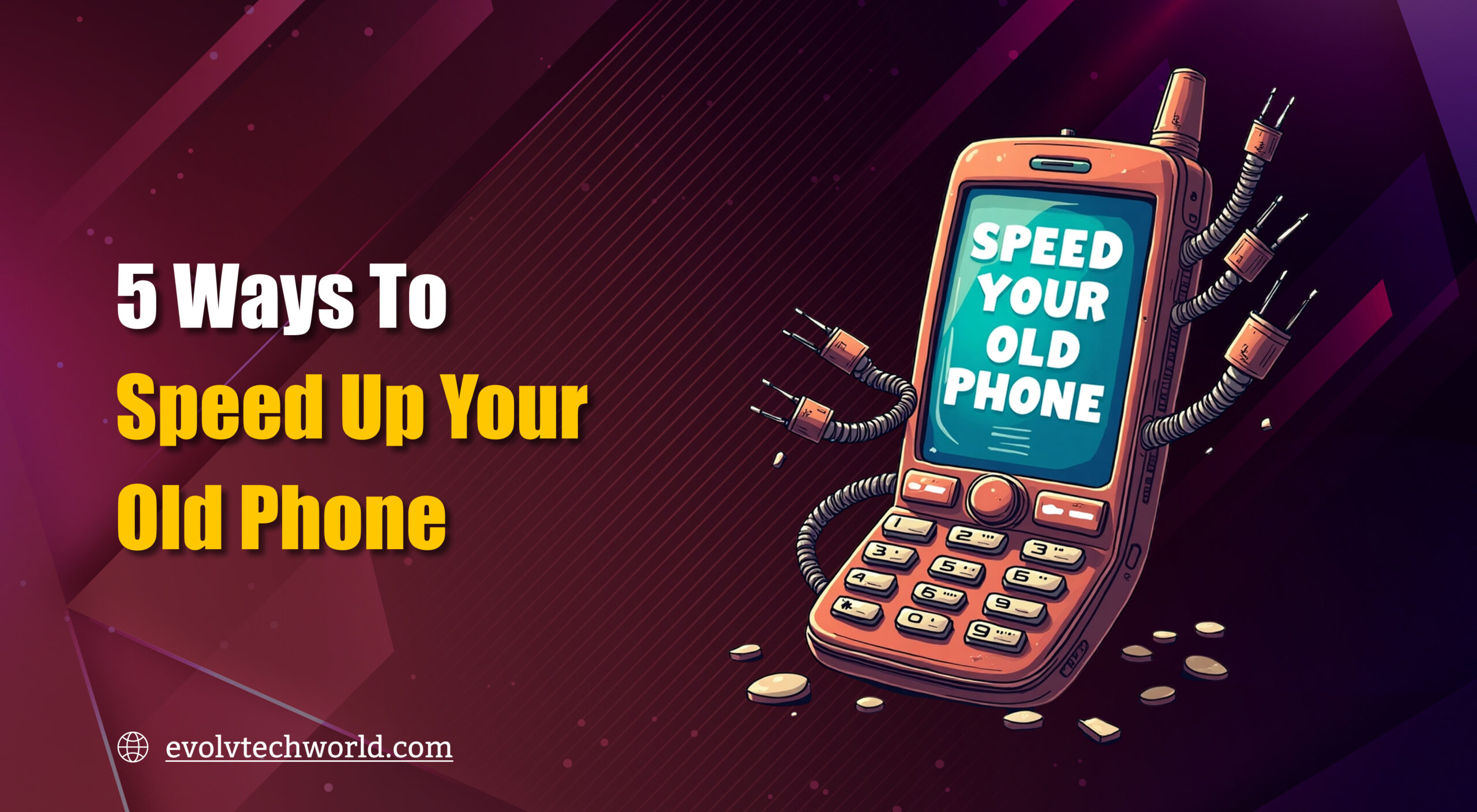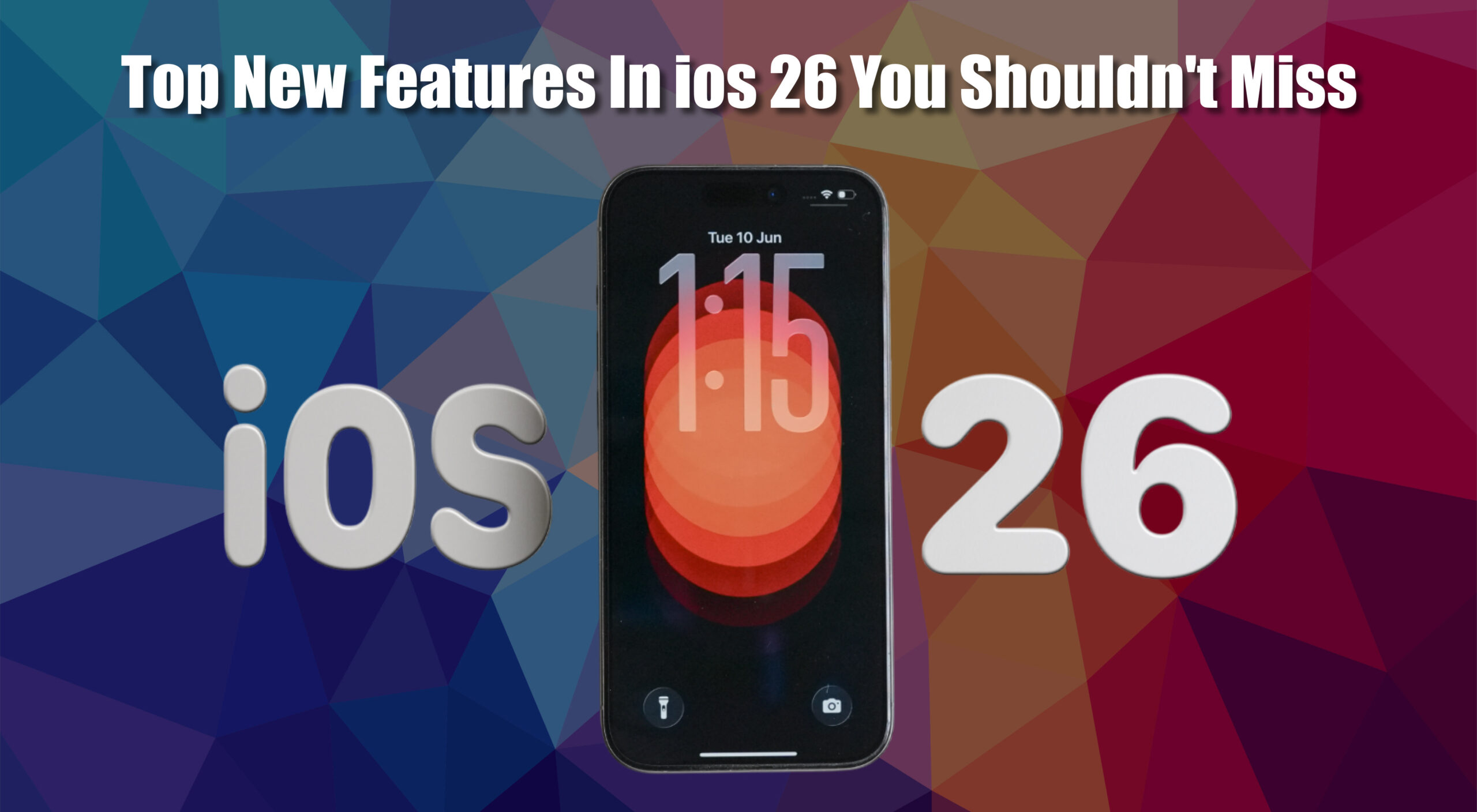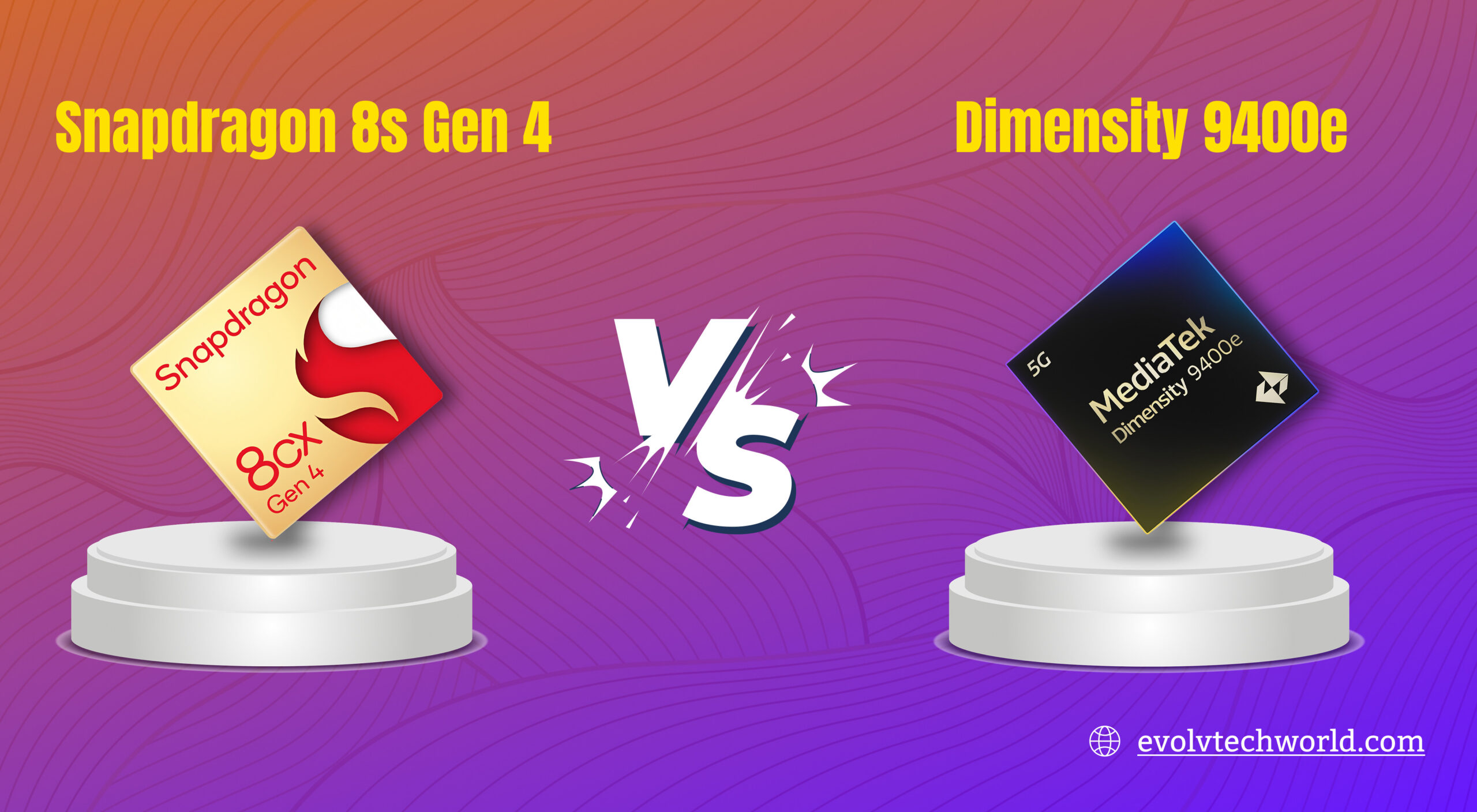
Xiaomi 15 vs OnePlus 13 is the buzz in the world of flagship smartphones Both devices offer state-of-the-art technology, top performance, and premium designs but which merits your hard-earned cash?
In this head-to-head comparison, we will examine every major category design, display, performance, camera, battery life, software, and pricing to determine which flagship is the true champion.
Design and Build: Branding with a Characteristic Design
In terms of design, both the Xiaomi 15 and OnePlus 13 are set to showcase premium and elegant aesthetics.
- Xiaomi 15: Expected to feature a premium glass-and-metal design, possibly with a matte or ceramic coating to minimize smudges. Xiaomi could also roll out thinner bezels and a more ergonomic form factor.
- OnePlus 13: OnePlus could keep its signature polished design intact it may also relocate the alert slider to make way for new camera hardware. OnePlus has always been known for a comfortable grip and that should continue with the OnePlus 13.
Both phones are likely to feature IP68 water/dust resistance, ensuring durability for everyday use. If you like a more minimalist look, you might lean toward the Xiaomi 15, while fans of the OnePlus 13 will find love in its classic OnePlus styling.
Smoothness or Efficiency: Who Wins the Display Showdown?
It will be a tough display battle between Xiaomi 15 vs OnePlus 13 Both companies are pushing for brighter, smoother, and more vibrant screens.
- Xiaomi 15: This is expected to pack a 6.7-inch AMOLED display and a 144Hz refresh rate so that scrolling through your social media and gaming is ultra-smooth. You may also be able to play in 2K resolution and with Dolby Vision for top-of-the-line HDR content.
- OnePlus 13: Expected to offer a 6.8-inch LTPO AMOLED display with a 1-120Hz adaptive refresh rate for better battery efficiency. OnePlus may also increase peak brightness above 2500 nits, which is ideal for outdoor visibility.
Which is better? If ultra-smooth gaming is a priority, the Xiaomi 15’s higher refresh rate takes the win. But if getting maximum battery life is the priority, the OnePlus 13 adaptive refresh is the smarter option.
Performance: Demonic Snapdragon 8 Gen 4
Both the Xiaomi 15 and the OnePlus 13 will almost certainly be fueled by the Qualcomm Snapdragon 8 Gen 4 under the hood, giving it flagship-level speed and efficiency.
- RAM & Storage: Should be 12GB RAM + 256GB storage standard, with 16GB RAM and up to 1TB storage optional
- Cooling and Optimization: That could mean an advanced vapor chamber for better heat dissipation on Xiaomi, while OnePlus could stick to software optimizations to provide sustained performance.
Gaming and Multitasking: Both will breeze through heavy games like Genshin Impact and Call of Duty Mobile. Xiaomi’s higher refresh rate display, however, could give it an edge in competitive gaming.
Read Also:
You are a camera battle: You provide photography titan.
Things get very interesting in the Xiaomi 15 vs OnePlus 13 camera comparison.
Xiaomi 15 Camera Expectations
- Lead Shutter: 50MP (1-inch type in a manner similar to the Xiaomi 14 Pro) for no-worry low-light snaps.
- Ultra-Wide: 50MP with low distortion
- Telephoto: 50MP periscope camera with 5x optical zoom
- But software is where the magic truly happens: Venetian highlights and shadows, artificial night mode, and portrait shots.
What to Expect (Camera) from OnePlus 13
- Main Sensor: 50MP Sony IMX989 (like flagship rivals).
- Ultra-Wide: 48MP for more horizontal shots.
- Telephoto: 64MP periscope lens; 3x—6x optical zoom
- Software: Hasselblad-tuned color science for photos that look natural.
Which is better?
- Xiaomi 15 probably wins on low-light photography and zoom.
- However, the OnePlus 13 may offer better colors and portrait modes.
Battery and Charging: Which One Lasts Longer?
Slightly. Battery life matters, and both phones are likely to provide solid endurance.
| Battery and Charging Campare | ||
|---|---|---|
| Feature | Xiaomi 15 | OnePlus 13 |
| Battery | 5500mAh | 5400mAh |
| Wired Charging | 120W | 100W |
| Wireless Charging | 50W | 50W |
Key Takeaways:
- Slightly larger battery and even faster wired charging on the Xiaomi 15
- LTPO is known for better battery optimization so the OnePlus 13 might have the upper hand.
For the quickest charging, the edge goes to Xiaomi. If screen-on time is what you prioritize, OnePlus might serve you better.
Software: HyperOS vs OxygenOS
Software experience is a huge differentiator in the Xiaomi 15 vs OnePlus 13 discussion.
- Xiaomi 15: HyperOS (Android 14-based, heavily customized with AI features and access to Xiaomi ecosystem)
- OxygenOS 14: OnePlus 13: Known for its clean, bloatware-free experience and being quick for updates.
Which is better?
- Xiaomi 15 — for customization and smart functions.
- But if a clean or stock-like Android experience is more your pick one with decent software update policy—then the OnePlus 13 is more the way to go.
Price and Availability
The price is going to be a big factor in the Xiaomi 15 vs OnePlus 13 debate.
- Xiaomi 15: Starting price likely around $999 (same as Xiaomi 14 Pro).
- OnePlus 13: Likely to cost ~ $899, as is OnePlus’s habit of undercutting rivals.
Availability: Both are set to launch globally in late 2024, although Xiaomi could arrive first in China.
Final Outcome: Which One Should You Purchase?
Choose Xiaomi 15 if you want:
✔ Best camera (zoom and low-light especially)
✔ Fastest charging (120W wired)
✔ High refresh rate display (144 Hz)
For you, the OnePlus 13 should be your choice.
✔ Cleaner software (OxygenOS)
✔ Improved battery efficiency (LTPO display)
✔ Slightly lower price
Both are amazing flagships, so it boils down to priorities.
Stay Updated
For more comparisons in the world of tech, head over to our latest smartphone overview.
So, which one are you going for Xiaomi 15 or the OnePlus 13? Let us know in the comments!










